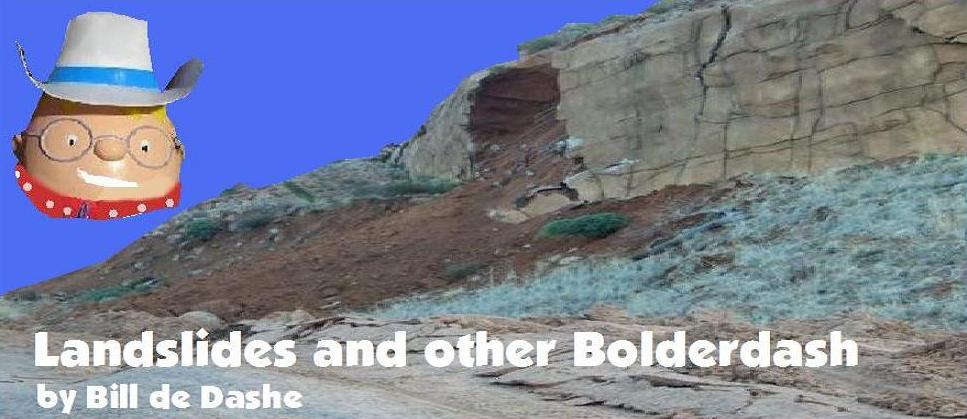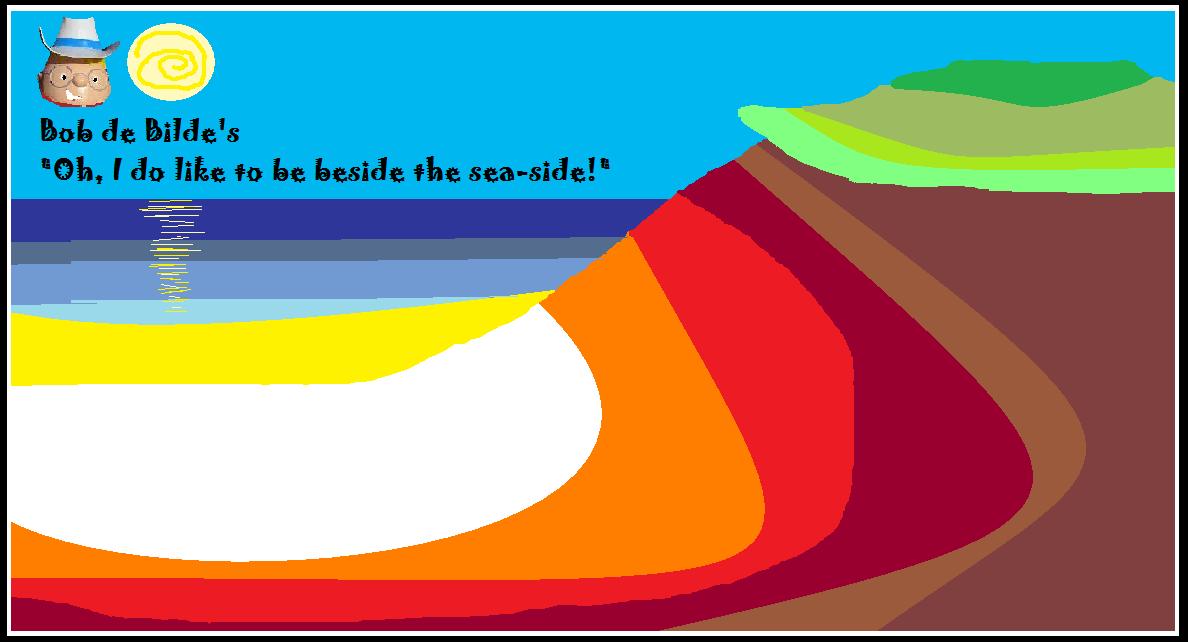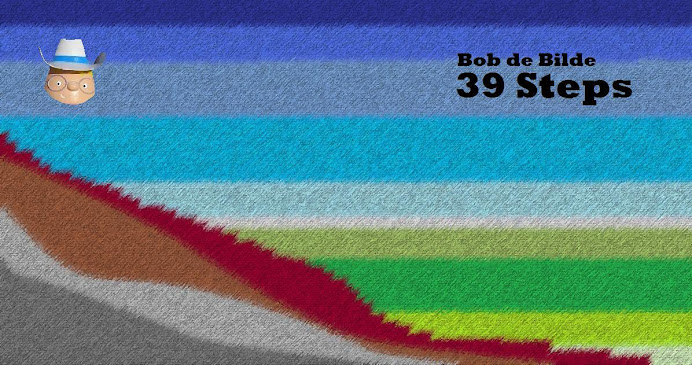
 Following the recent devastation in Cockermouth, Cumbria, I publish two photographs of the main shopping area there.
Following the recent devastation in Cockermouth, Cumbria, I publish two photographs of the main shopping area there.From thr BBCi website:
On Saturday morning, some of those whose businesses had been flooded tried to get into their premises to check the extent of the damage, wearing wellies and waterproofs.
Piers Tupman had to give the door of Milburns Solicitors a hard shove to get it open.
Inside, everything is covered in a layer of thick brown mud.
There are holes in the wall and desks have been pushed against the wall by the power of the water.
"I've got to come and try to salvage what I can, we have important documents that need to be saved. People will still expect their legal work to be done," he said.
A few doors down, the shop Knitting Fever has lost its front window, pushed in by the water.
Wool is strewn across the pavement. Tangled up in it are branches, shop display units and even the till. The sounds of alarms still going off is audible.
'Let's get out'
A few miles away, those who have had to evacuate their homes are being put up in a local attraction called the Sheep and Wool Centre.
One large room is full of makeshift beds. Below it, the centre's cafe holds dozens of people, sitting around drinking cups of tea and watching the news on a large television.
Sitting together are Dorothy Forrester, 79, and Marian Stalker 83. On Thursday morning they were given 10 minutes' notice to leave their home.
They say they only had time to grab an extra set of clothes and their medication. They know it could be weeks before they go home.
Mrs Stalker tells me she has just had her flat decorated. "It was beautiful and expensive and I just thought 'let's get out'."
Mrs Forrester adds: "You can't do anything other can you? It's in the best interest of everyone.
"We've been very well looked after here and they say this is a one in 1,000-year event, so we are going down in history."















































